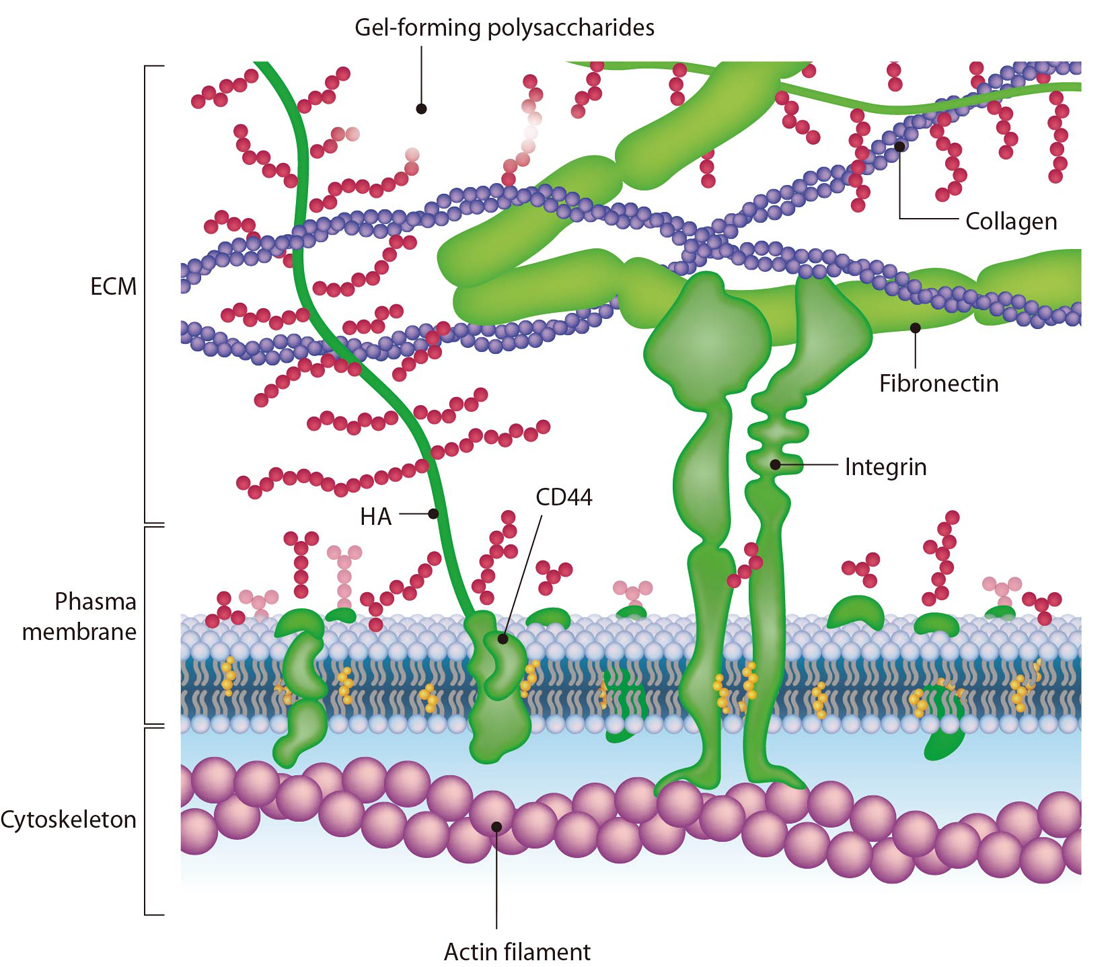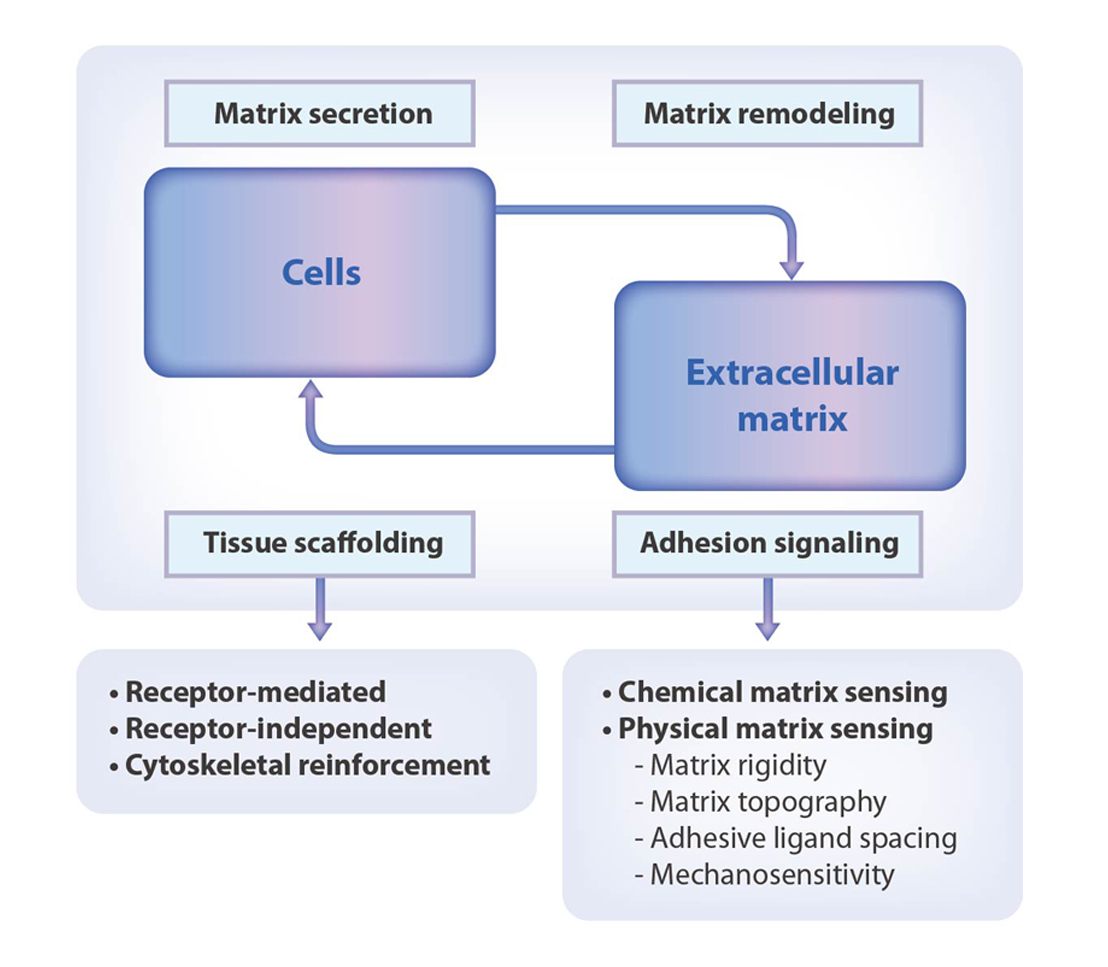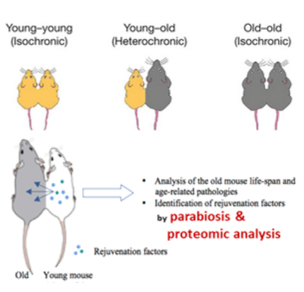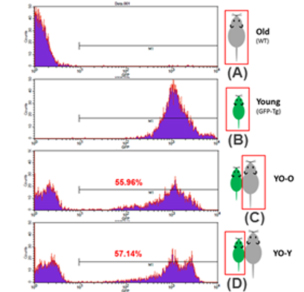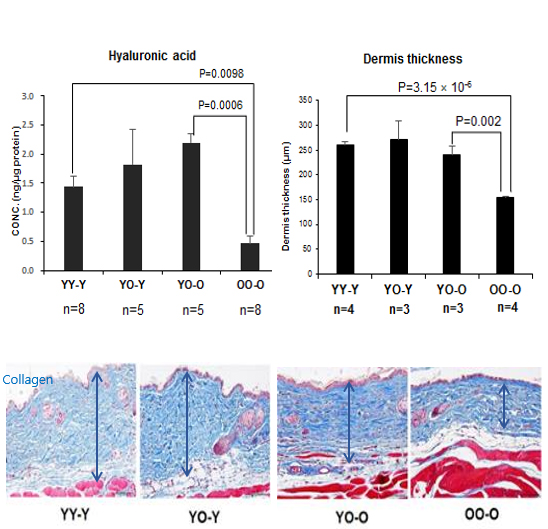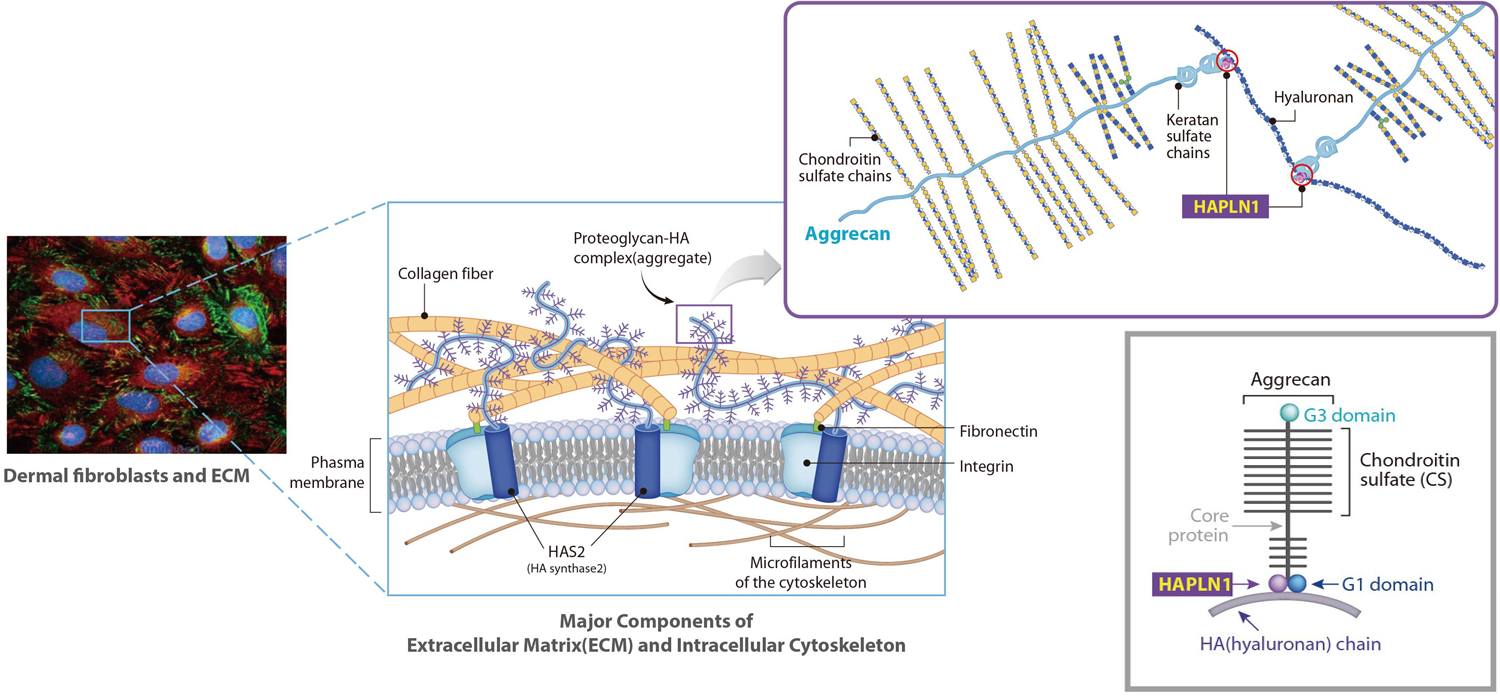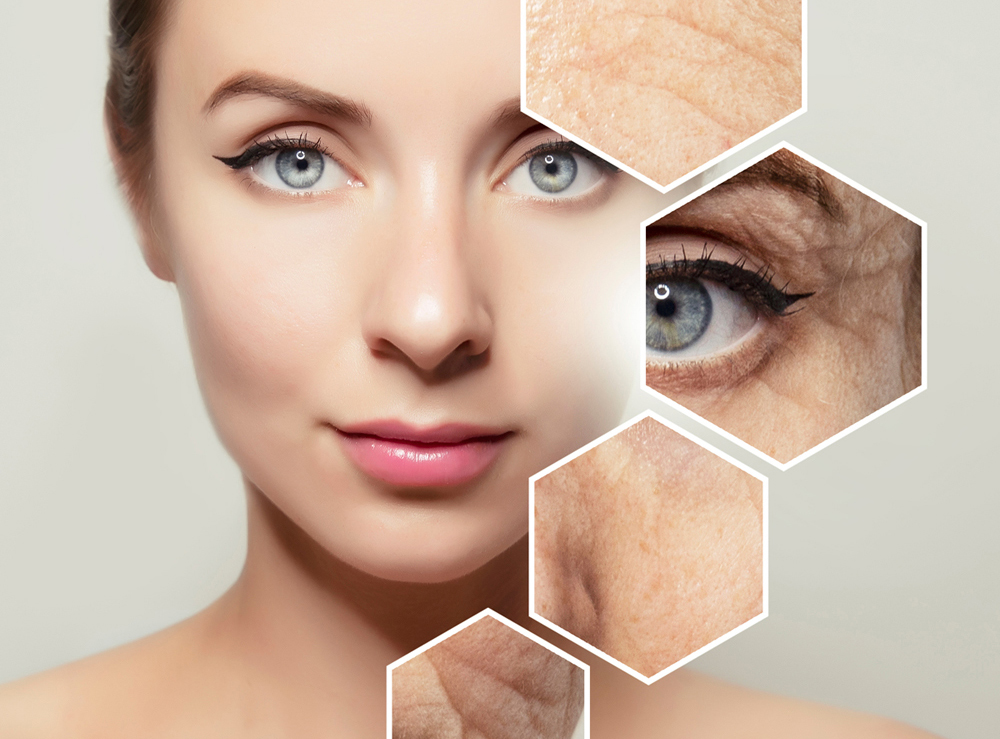SCIENCE
Aging and Diseases
- Human body is constantly receiving harmful stimuli from the surrounding environment and has the ability to maintain homeostasis as a defense mechanism against it. Aging means that the function of maintaining homeostasis of human tissues/organs is gradually deteriorated or destroyed by being repeatedly exposed to various environmental substances and several harmful factors such as ultraviolet rays. The mechanism of aging known so far is that the number of aged cells increases due to cell damage that inevitably continues with aging, and the Senescence-Associated Secretory Phenotype (SASP) they release adversely affects not only themselves but also normal un-aged cells or tissues around them. It eventually leads to aging in the organs and the entire body.
- 'Cell damage,' the core concept of the aging mechanism, means a phenomenon in which major signaling pathways and functions within a cell are gradually lost in complexity, and complementary amplification pathways between cell damage and aging are intricately entangled. In general, it refers to the damage to the crosstalk mechanism between the intracellular/extracellular matrices or cells, the damage to the genome including DNA, the damage to the mitochondria which is an energy production plant, and the damage to the cleaning mechanism of unnecessary proteins or metabolic debris, and others. In most cases, this phenomenon of complementary amplification between cell damage and aging leads to disease.
- Age-related diseases that rapidly increase having aging as a major risk factor are arthritis, chronic obstructive pulmonary disease, cardiovascular disease, cancer, type 2 diabetes, Alzheimer1) and etc. The incidence of these diseases increases exponentially with age2), and 100,000 people die every day from age-related diseases around the world3). These age-related diseases are the major problems of a global trend aging population and are the top priority that must be overcome for the health and future of humankind.

- 1) MacNee, William, Roberto A. Robinovich, and Gourab Choudhury. “Aging and the border between health and disease.” (2014)
- 2) Belikov, Aleksey V. "Age-related diseases as vicious cycles." Ageing Research Reviews 49 (2019)
- 3) De Grey, Aubrey DNJ. "Life span extension research and public debate: societal considerations." Studies in Ethics, Law, and Technology 1.1 (2007)
